Demo skis are the gear ski shops use for customer test drives. After a season or two, these skis are sold at steep discounts - usually 40–60% off retail. They’re often high-end models from brands like Rossignol, K2, and Salomon, equipped with adjustable bindings to fit various boot sizes. While they offer solid performance, they’ve been used, so condition varies. Some may have light scratches; others could show wear on edges or bases.
Are they worth it? If you’re an intermediate or advanced skier looking for quality gear without the hefty price tag, they’re a solid option. Just inspect them carefully for damage before buying. For newer, more portable gear, consider alternatives like Snowfeet mini skis, which are compact, affordable, and easy to use.
Here’s the quick takeaway:
- Demo skis: High-performance, cheaper than new, but used.
- New skis: Pristine but pricey.
- Snowfeet: Compact, budget-friendly, and beginner-friendly.
Each option has its pros and cons, so it depends on your needs and how you like to enjoy the slopes.
How Demo Skis Work and What Makes Them Different
What Demo Skis Are and Their Main Features
Demo skis are essentially top-tier retail models that ski shops use to let customers try before they buy. Their standout feature? Adjustable bindings that can accommodate a range of boot sizes throughout the day.
"Demo skis are retail skis with highly adjustable bindings to fit various boot sizes. They are a terrific opportunity to try out new designs and technological advancements in the ski industry." - Virgin Islands Ski Rental
These skis serve two purposes: they let customers test out the latest designs and also double as premium rental gear. The adjustable bindings make them super convenient, but there’s a trade-off - this setup can increase the stack height and slightly limit flexibility.
Now, let’s see how demo skis stack up against standard rental skis and brand-new models.
Demo Skis vs. Rental Skis and New Skis
Compared to regular rental skis, demo skis are a whole different league. They showcase premium models from top brands, offering much better quality and performance. Standard rental skis, on the other hand, are usually older or entry-level models designed for beginner or intermediate skiers.
When it comes to new skis, the difference is pretty clear too. New skis are fresh out of the box, with fixed bindings tailored to your boots. Demo skis, however, have been used by multiple skiers over the season, which means they might show some wear and tear. This wear, along with frequent binding adjustments, can slightly impact their long-term performance.
There’s also the matter of bindings. While demo bindings are convenient and adjustable, they can add height and reduce flexibility compared to the fixed bindings on new skis. But here’s the upside: demo skis are much easier on the wallet. New skis, including bindings, can run anywhere from $800 to $1,500, while demo skis typically sell for 40–60% less. That’s a big price drop, making high-end gear more affordable.
Knowing these differences can help you decide if demo skis strike the right balance between performance and value for your needs.
Demo Ski Condition and Pricing Breakdown
What Condition Demo Skis Are In
Demo skis usually show light to moderate wear after a season of use - nothing like the heavy abuse rental skis endure. You might spot some light scratches, scuffs on the sidewalls, or small dings on the base. The good news? Reputable shops typically tune the edges, wax the bases, and check the bindings before putting them up for sale.
Still, it’s smart to give demo skis a close look before buying. Keep an eye out for deep gouges in the base, major edge damage, rust, or cracks in the ski structure. Make sure the bindings work smoothly, are compatible with your boots, and test the ski’s flex to ensure it hasn’t been overused. These factors directly impact their price.
Why Demo Skis Cost Less and Pricing Factors
Demo skis are priced lower because of their previous use and overall condition. On average, they sell for about half their retail price after a single season. Some models can even save you as much as $600.
Generally, demo skis are priced between $100 and $600, depending on the original value, age, and wear. A big perk? They almost always come with bindings, which adds extra value to the deal.
Several factors influence the price: the brand, model year, and condition. High-end brands like Rossignol, Salomon, and Völkl or current-season models tend to hold their value better. On the flip side, older or more worn skis are priced lower. If you’re looking for the best deals, keep an eye out for seasonal clearances, usually in late March and April. The condition and compatibility of the bindings also play a role in determining the final price.
Demo Ski Performance and Who Should Buy Them
Performance Pros and Cons of Demo Skis
Demo skis give you solid performance at a price that won’t break the bank. They’re built with advanced materials and features that often outperform entry-level new skis in the same price range.
One major perk? These skis are professionally maintained. Regular tuning, waxing, and adjustments mean you’re getting gear that’s been cared for by experts - not left to collect dust in someone’s garage.
Of course, there are trade-offs. Since demo skis have been used before, you might notice slightly dulled edges, worn bases, or bindings that aren’t as precise. These factors can reduce grip and glide a bit, but for most recreational skiers, it’s not a dealbreaker. Keep in mind, demo skis are usually one or two seasons behind the latest models, which might matter if you’re competing or chasing cutting-edge tech.
Another thing to consider is the flex pattern. Repeated use can slightly soften the ski's flex, but unless you’re a pro, it’s unlikely to affect your experience. For intermediate skiers working on their technique, these differences are barely noticeable.
All these factors help determine who’s best suited for demo skis.
Best Buyers for Demo Skis
Demo skis strike a great balance between performance and price, making them ideal for several types of skiers:
- Budget-conscious intermediate to advanced skiers: If you’ve got the skills to appreciate quality gear but don’t want to shell out for brand-new premium skis, demo skis are a perfect fit.
- Recreational skiers hitting the slopes 10-20 days a season: You get access to high-performance gear without the steep price tag, and the minor wear won’t impact your fun.
- Parents shopping for teens: Teens grow fast and often change their skiing style. Demo skis let you keep up without overspending on equipment they might outgrow in a season.
- Eco-conscious skiers: Choosing demo skis helps extend the life of existing gear and reduces demand for new manufacturing. It’s a win for the planet and your wallet.
- Skiers who’ve tried specific models: If you loved a particular ski during a demo day, you can often find that exact model in the demo market, giving you confidence in your choice.
That said, demo skis aren’t for everyone. Beginners may struggle with the upkeep or risk damaging the gear while learning. Competitive racers, on the other hand, need the latest tech and pristine equipment to perform at their best. If cutting-edge innovation is a priority, you might want to explore other options.
sbb-itb-17ade95
Demo Skis vs. New Skis vs. Snowfeet* Products
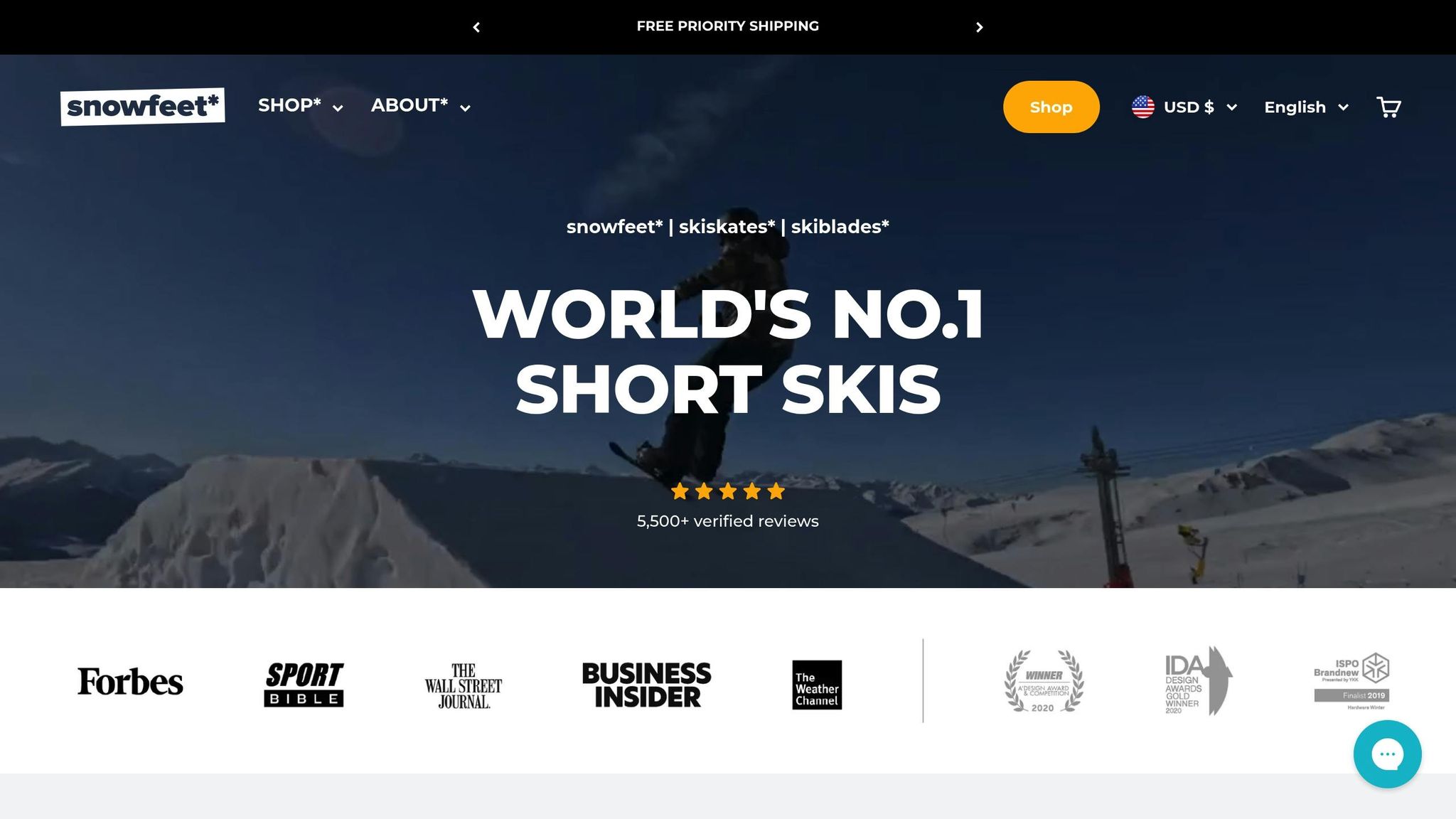
Cost, Portability, and Ease of Use Comparison
When it comes to winter sports gear, demo skis may save you some cash compared to buying new ones, but Snowfeet* takes things to a whole new level. They’re portable, easy to use, and, let’s be honest, a lot less hassle. Here’s how they stack up:
| Feature | Traditional Demo & New Skis | Snowfeet* Products |
|---|---|---|
| Price | High upfront cost, plus extra for ski boots and accessories | Affordable (around $150–$690) and no need for specialized boots |
| Portability | Big and bulky - requires roof racks or large ski bags | Lightweight and compact - fits in a backpack or car trunk |
| Length | Standard ski sizes (150–180+ cm) | Shorter options, from mini models (~38 cm) to about 120 cm |
| Boot Requirement | Requires dedicated ski boots, adding to the cost | Works with regular winter footwear |
| Learning Curve | Takes time and practice to master | Quick to learn - you can get started in minutes |
| Storage & Travel | Needs dedicated storage and can be tricky to transport | Easy to store and travel-friendly, even in carry-on luggage |
Snowfeet* clearly wins in day-to-day convenience. Traditional skis come with added costs like boots, lift tickets, and regular maintenance, while Snowfeet* skips the extras. They work with your existing footwear and need minimal upkeep, making them a budget-friendly choice for spur-of-the-moment snow adventures.
And let’s talk about mobility. Traditional skis are long, heavy, and a pain to lug around. Snowfeet*, on the other hand, are compact enough to toss in your backpack or trunk, giving you the freedom to hit the snow wherever you want - no oversized gear slowing you down.
Why Snowfeet* Beats Traditional Skis
Beyond saving money and being easy to carry, Snowfeet* shines in how simple they are to use. Learning to ski the traditional way can take lessons, patience, and practice. Snowfeet*? You’ll be carving turns in no time, thanks to their intuitive design and lower center of gravity.
Another plus? They’re super versatile. Traditional skis usually keep you tied to resort runs and schedules. Snowfeet* lets you explore snowy hills, trails, or even your backyard. No lift tickets, no set plans - just grab them and go.
Maintenance is a breeze too. Traditional skis need regular tuning and waxing, which often means extra trips to the shop. With Snowfeet*, all you need is basic cleaning and the occasional wax, which you can handle yourself.
Lastly, Snowfeet* makes winter sports more fun for groups. With skis, the slowest skier often holds everyone back. Snowfeet* levels the playing field, letting everyone pick it up quickly and enjoy the snow together without waiting around. It’s all about keeping things simple and fun.
Why Snowfeet* Is Better Than Traditional Skiing
Snowfeet*: Compact, Affordable, and Packed with Fun
Let’s talk about how Snowfeet* is shaking up the winter sports scene. Traditional skiing? It’s all about long, heavy gear and a setup that can feel like assembling furniture. Snowfeet* flips the script entirely. These compact mini skis prove that smaller gear can mean bigger fun - and without all the hassle.
First off, there’s the cost. Traditional skiing demands a hefty investment in skis and specialized boots. Snowfeet*? They’re priced between $150 and $690, and you can use them with your regular winter shoes. No need for clunky boots! Plus, they’re so lightweight you can toss them in a backpack. The "Basic" bindings model makes them super accessible, and they even come with free priority shipping to places like the US, Canada, Japan, and Australia.
"Far more portable – and affordable – than traditional skis or snowboards." - Uncrate
But it’s not just about saving money. Snowfeet*’s lightweight design gives you a sense of freedom you won’t find with traditional skis. No bulky gear weighing you down. No awkward storage issues. And because they’re shorter, they’re easier to control, reducing the chances of falling compared to long skis or snowboards.
How Snowfeet* Is Changing the Winter Game
Snowfeet* isn’t just gear - it’s a whole new way to enjoy winter sports. They’re easier to learn than long skis, making them perfect for beginners. And they challenge the old idea that longer skis are always better. With Snowfeet*, you get playful, responsive movement, and stopping is a breeze.
What’s more, they’re incredibly versatile. Traditional skis can feel limiting, but Snowfeet* opens up a world of possibilities. Whether you’re cruising down hiking trails, zipping around sledding hills, or exploring snowy spots you’d never think to ski on, these mini skis make it all doable.
And let’s not forget portability. Snowfeet* fits neatly into a backpack, so you can leave the roof racks and bulky ski bags at home. Plus, their "one size fits most" design (accommodating US sizes 6–13) makes them super convenient for just about anyone.
Snowfeet* is also pushing boundaries by pioneering skiskating - a fresh winter sport they hope to see in the Olympics someday. They’re not just selling mini skis; they’re offering a whole new way to experience the thrill of winter. It’s fun, it’s accessible, and it’s ready to shake up your snowy adventures.
Don't Buy Ex Rental or Ex Demo Skis Until You Watch This Video!
FAQs
How can I check the condition of demo skis to make sure they're worth buying?
When you're looking at demo skis, it's important to check a few key things to make sure you're getting your money's worth. Start with the bases - look for any deep scratches, gouges, or sloppy repairs that might mess with the skis' glide or durability. Then, move on to the edges. Chips, rust, or heavy wear can seriously affect how well they perform. Lastly, take a close look at the bindings. Since demo skis often have adjustable bindings, make sure they're working properly and are correctly calibrated.
While demo skis can be a decent deal, keep in mind they’ve likely seen a lot of action, which means they might not perform as well as newer or more versatile options. If you're open to trying something different, check out Snowfeet products like skiblades or skiskates. These are lightweight, compact, and bring a fresh twist to your time on the slopes. They're perfect if you're after something fun and a little out of the ordinary!
What makes demo skis different from regular rental skis, and how does that affect my skiing experience?
Demo skis are like the sports cars of the ski rental world. They’re high-performance models, often from the latest or premium lines, designed to let you test out top-tier gear. Unlike standard rental skis - which are built to be durable and handle heavy use - demo skis are kept in better shape and deliver a much higher level of precision, responsiveness, and overall performance.
For intermediate or advanced skiers, this can make a huge difference. Rental skis are great for beginners or those hitting the slopes casually, but demo skis give you that extra edge. They handle better, offer more control, and can boost your confidence while making your time on the mountain way more fun.
Are Snowfeet products a good alternative to traditional skis, and what advantages do they offer?
Snowfeet products offer a fun twist on snow sports, standing out as a compact and lightweight alternative to traditional skis. Unlike the long, bulky skis that can be a hassle to lug around, Snowfeet are easy to carry and super portable - perfect for anyone who prefers traveling light.
What’s cool about them is their versatility. You can use Snowfeet on slopes, trails, or even in urban areas, giving you the freedom to explore wherever the snow takes you. Plus, they’re easier on your wallet compared to traditional skis, making them a great choice for those looking for an affordable way to enjoy winter sports. Whether you’re just starting out or have years of skiing experience, Snowfeet offer a modern, exciting way to embrace the snow.

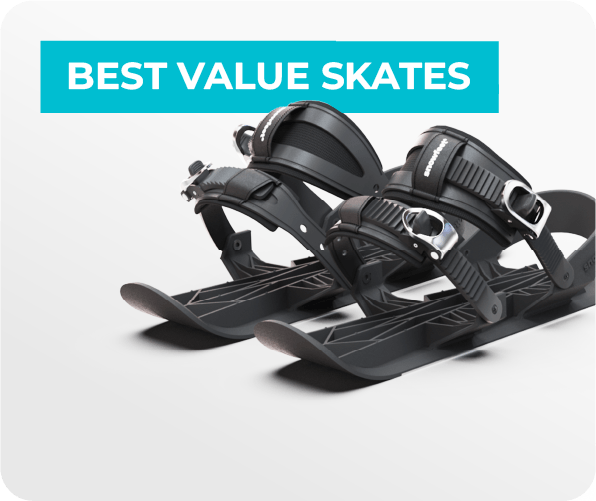



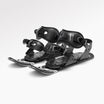
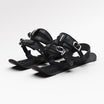
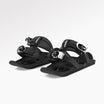
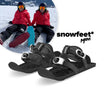

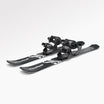

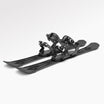
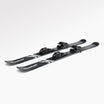






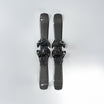
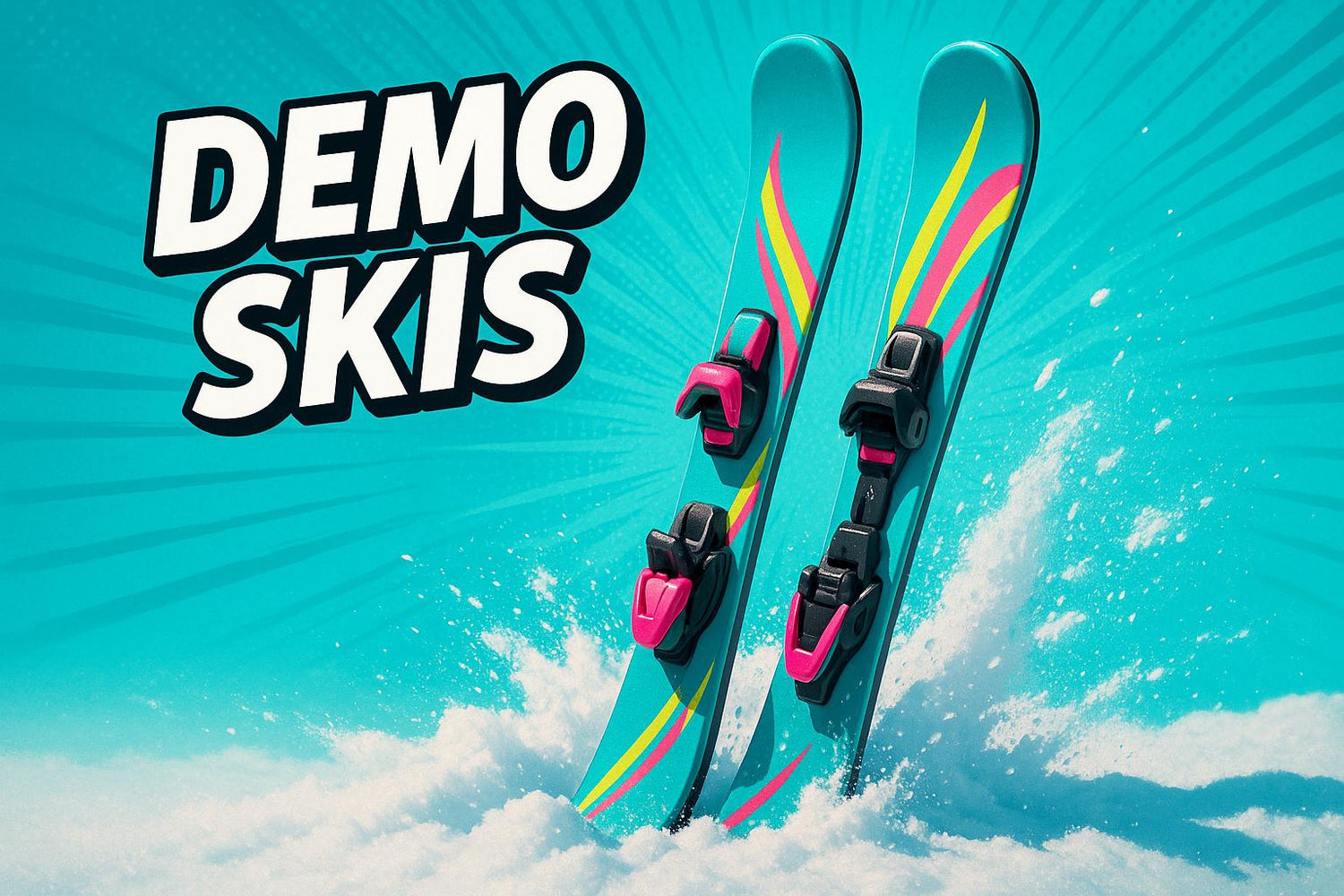
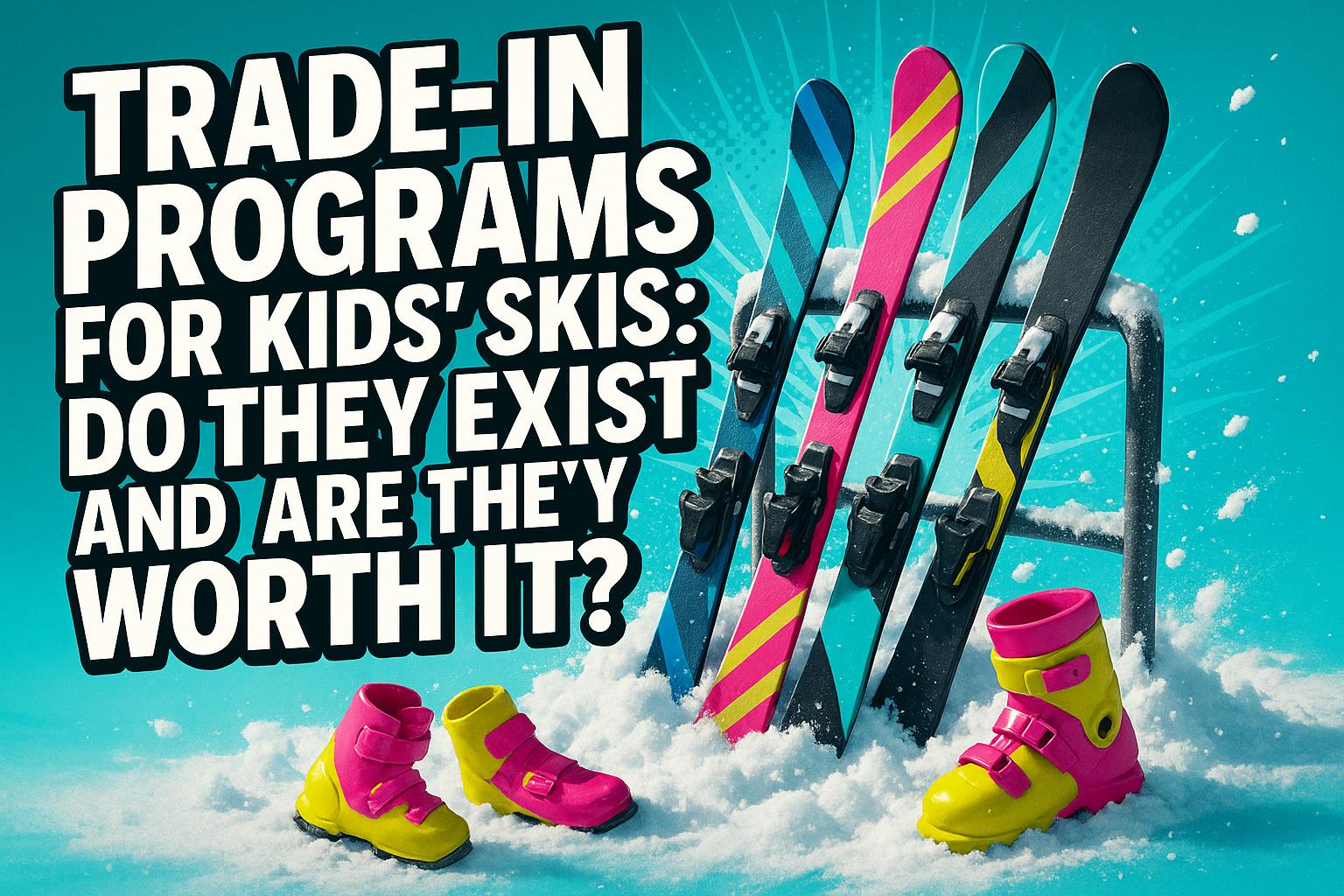
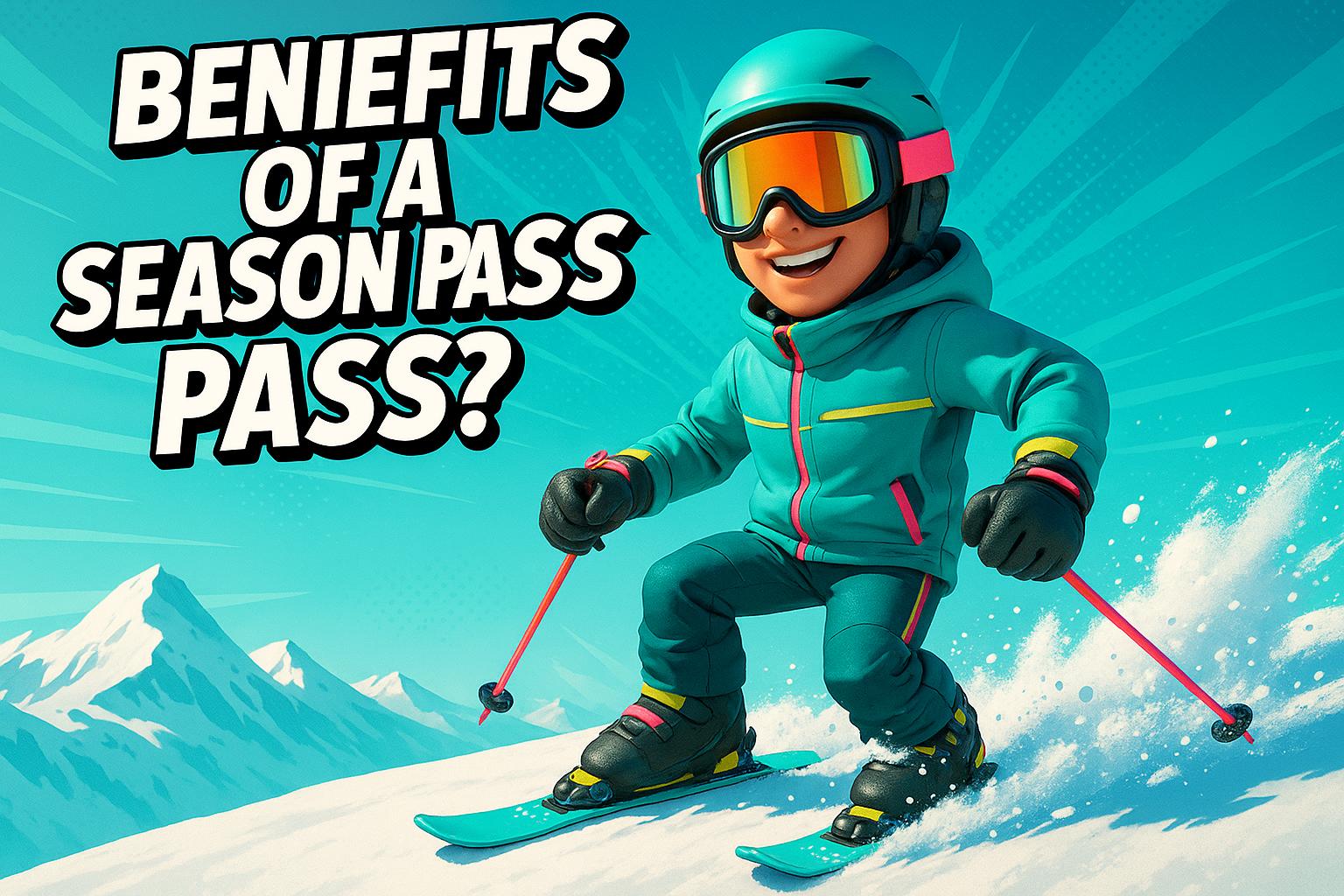
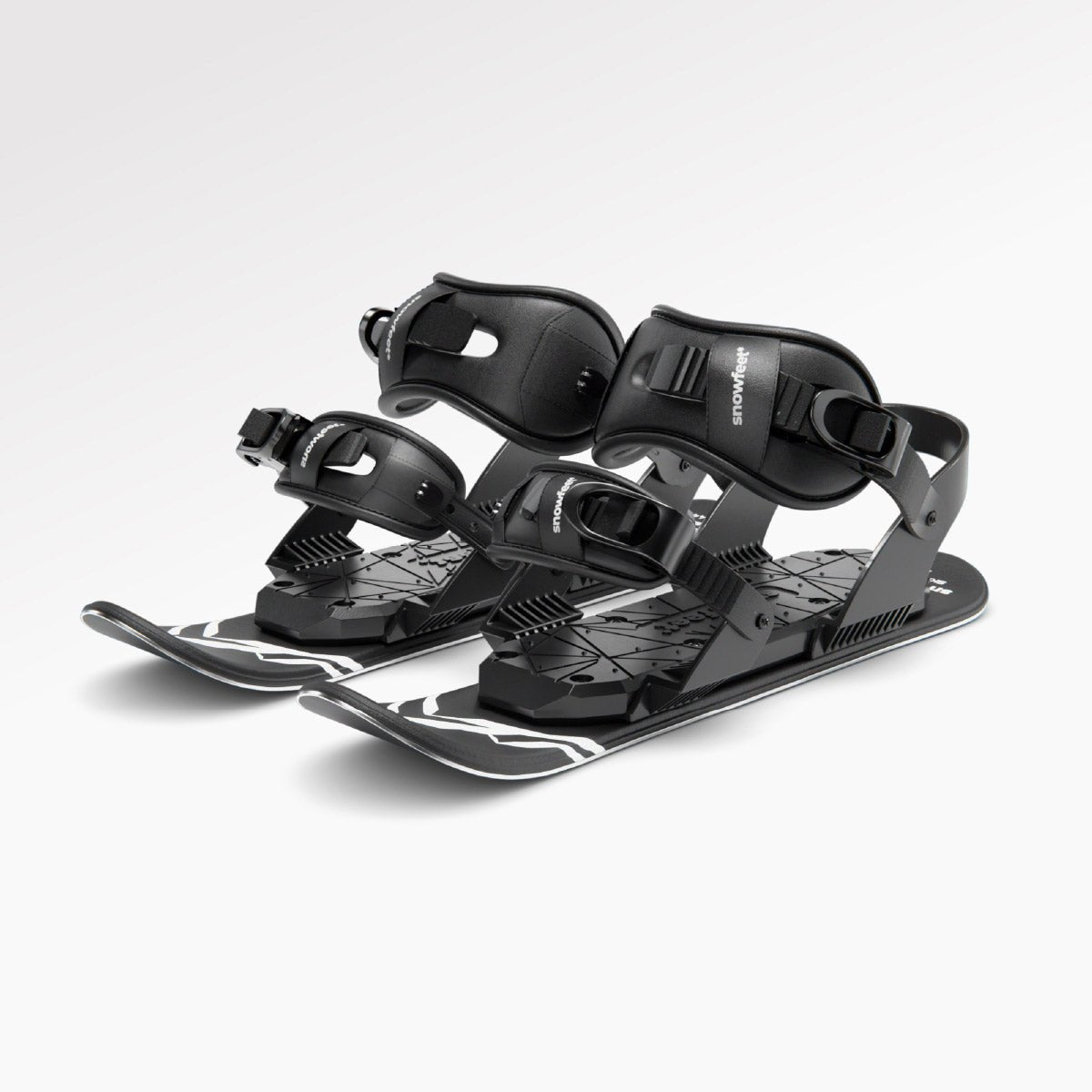
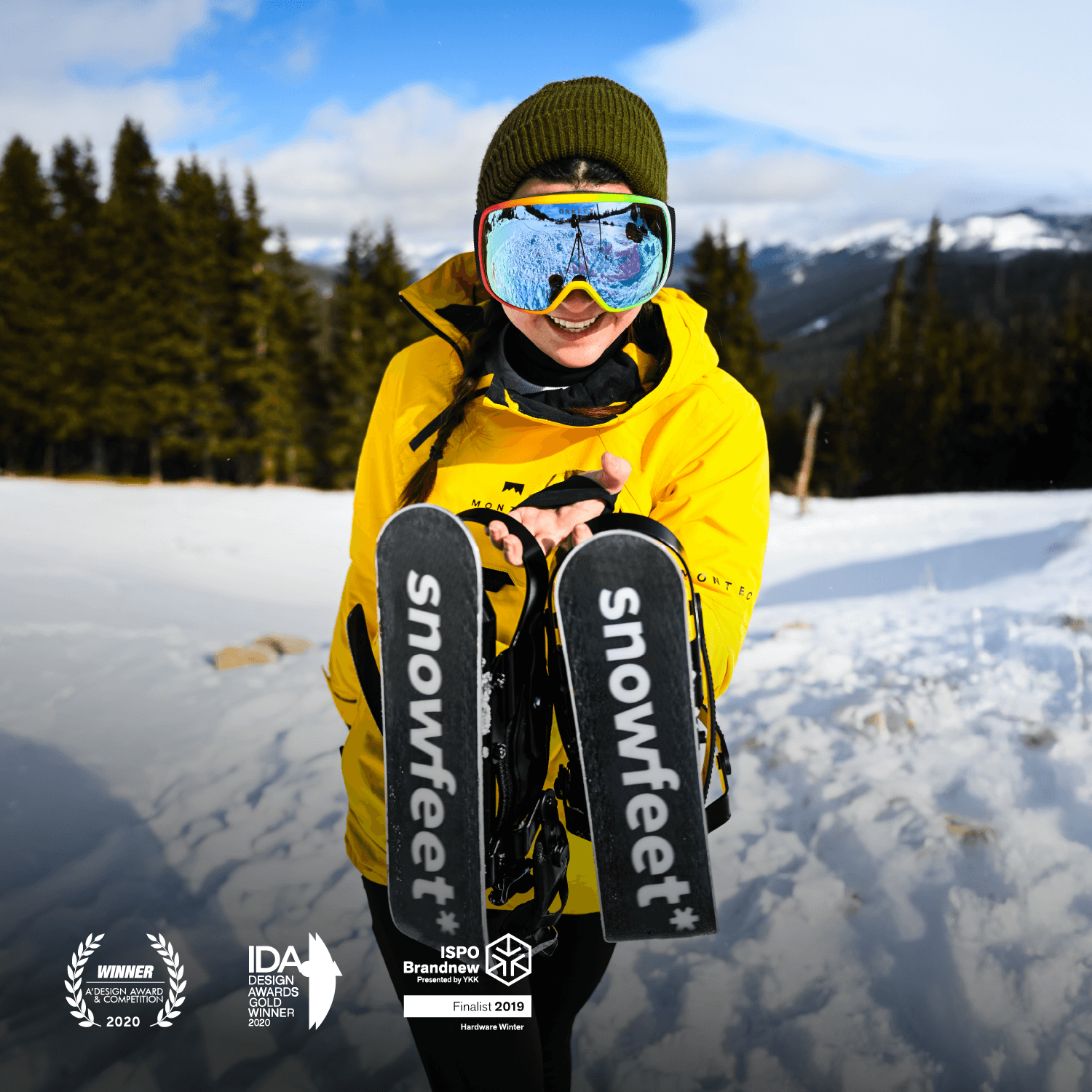
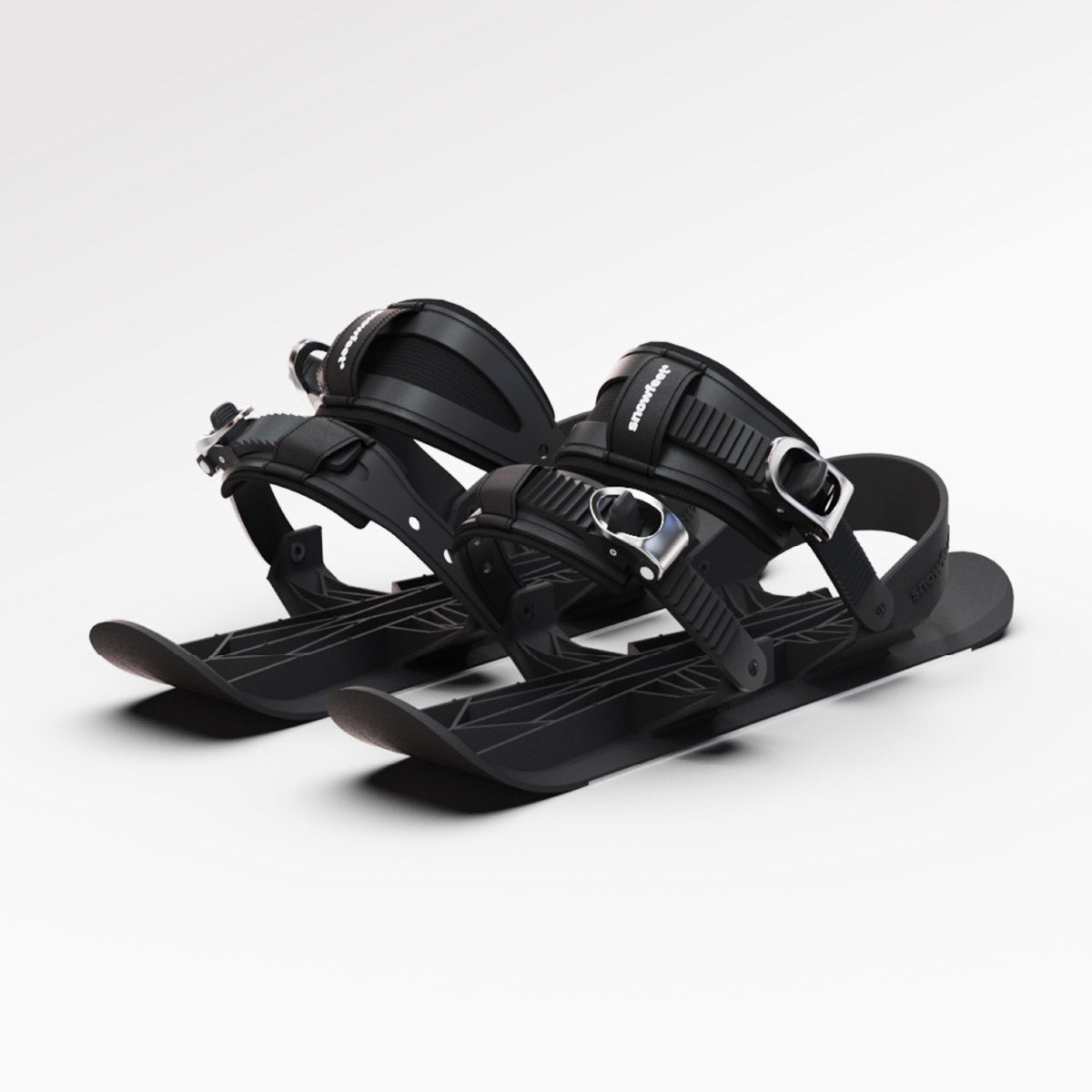

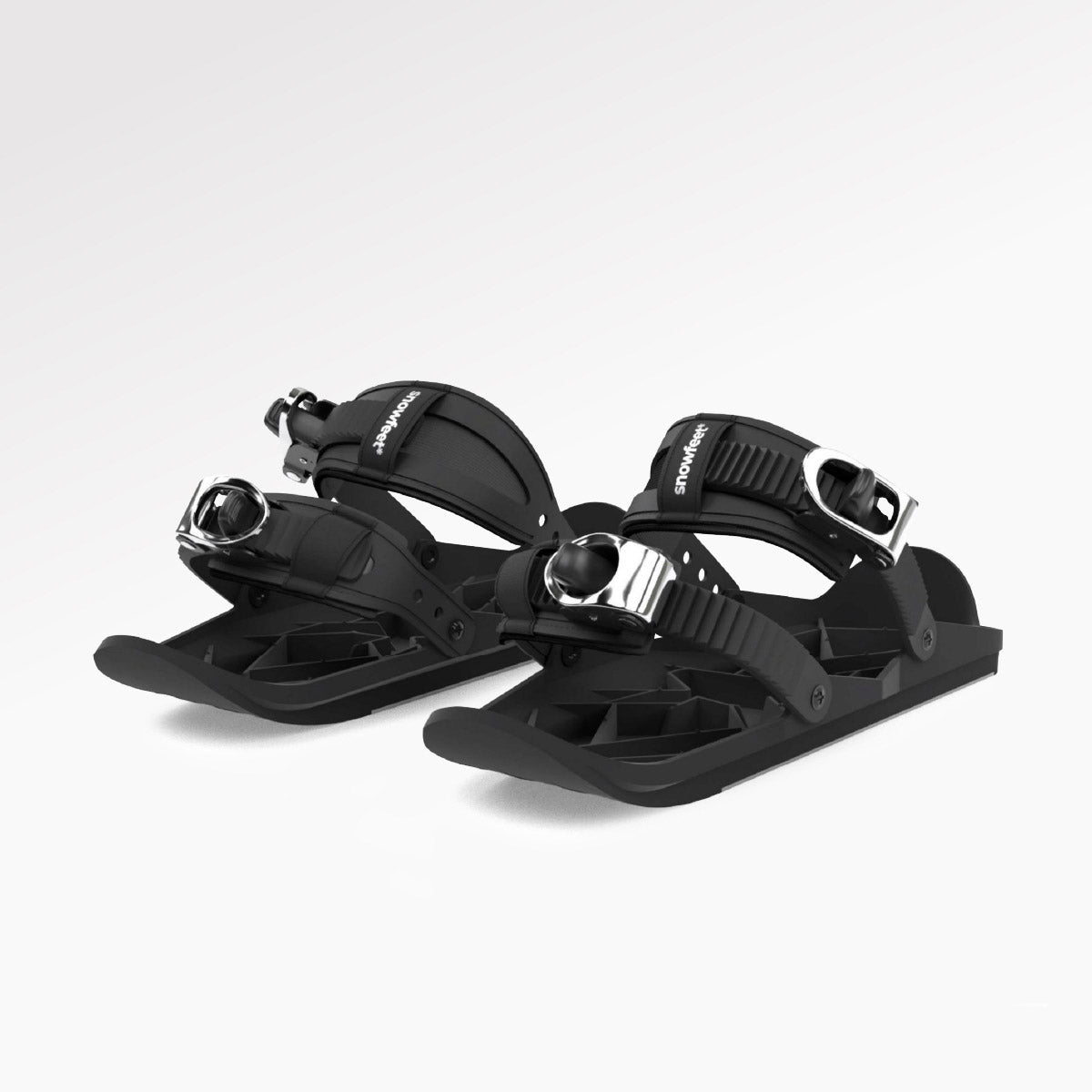
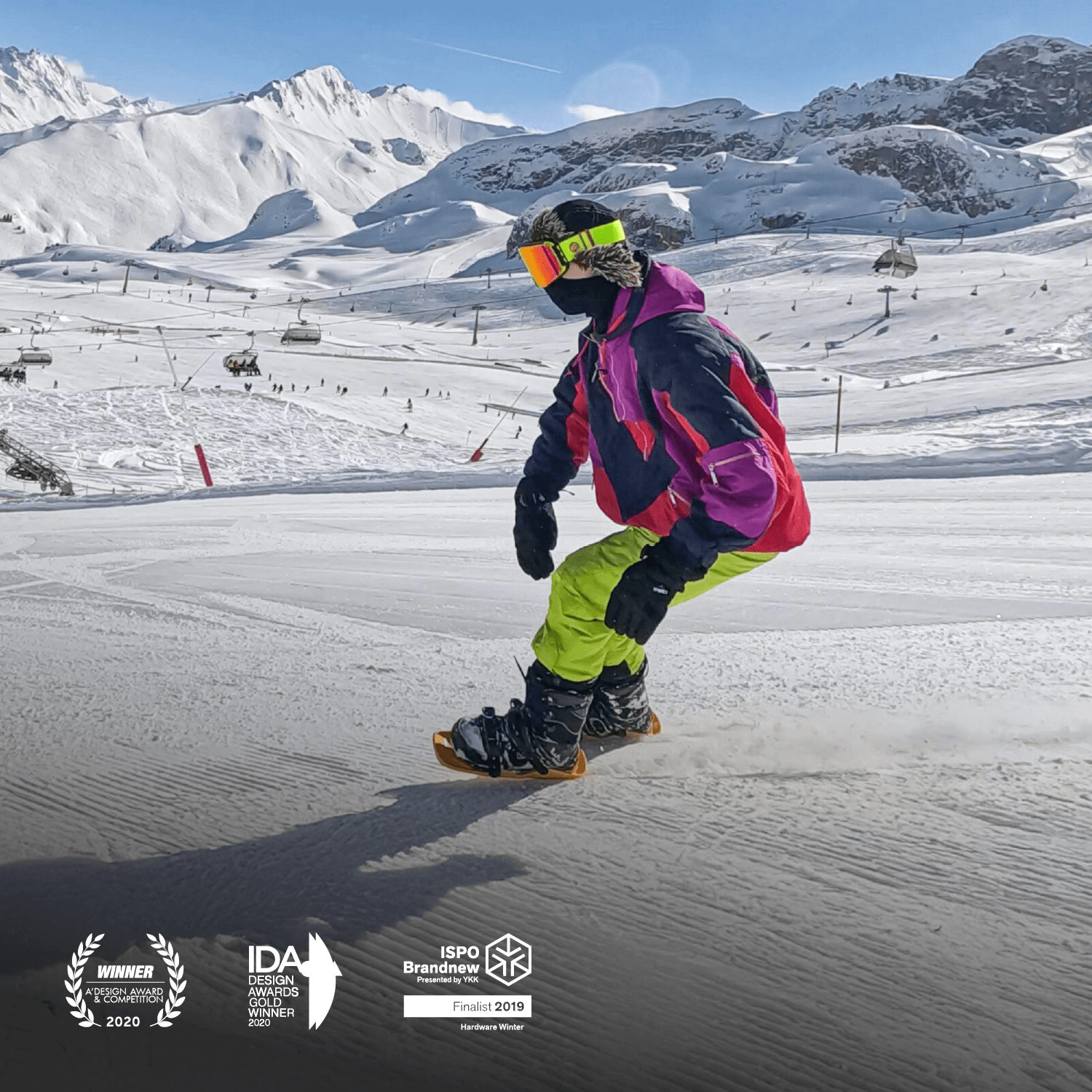


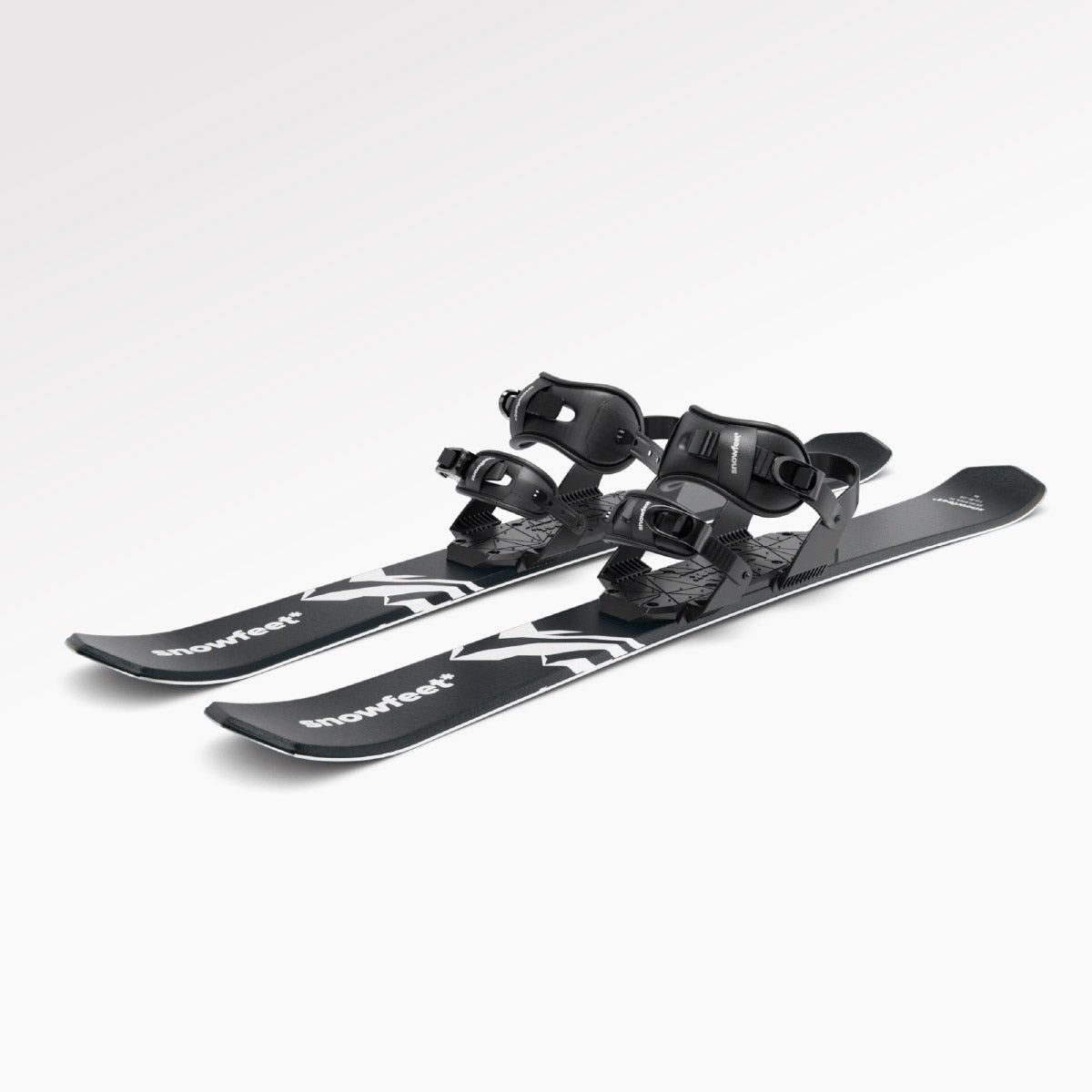
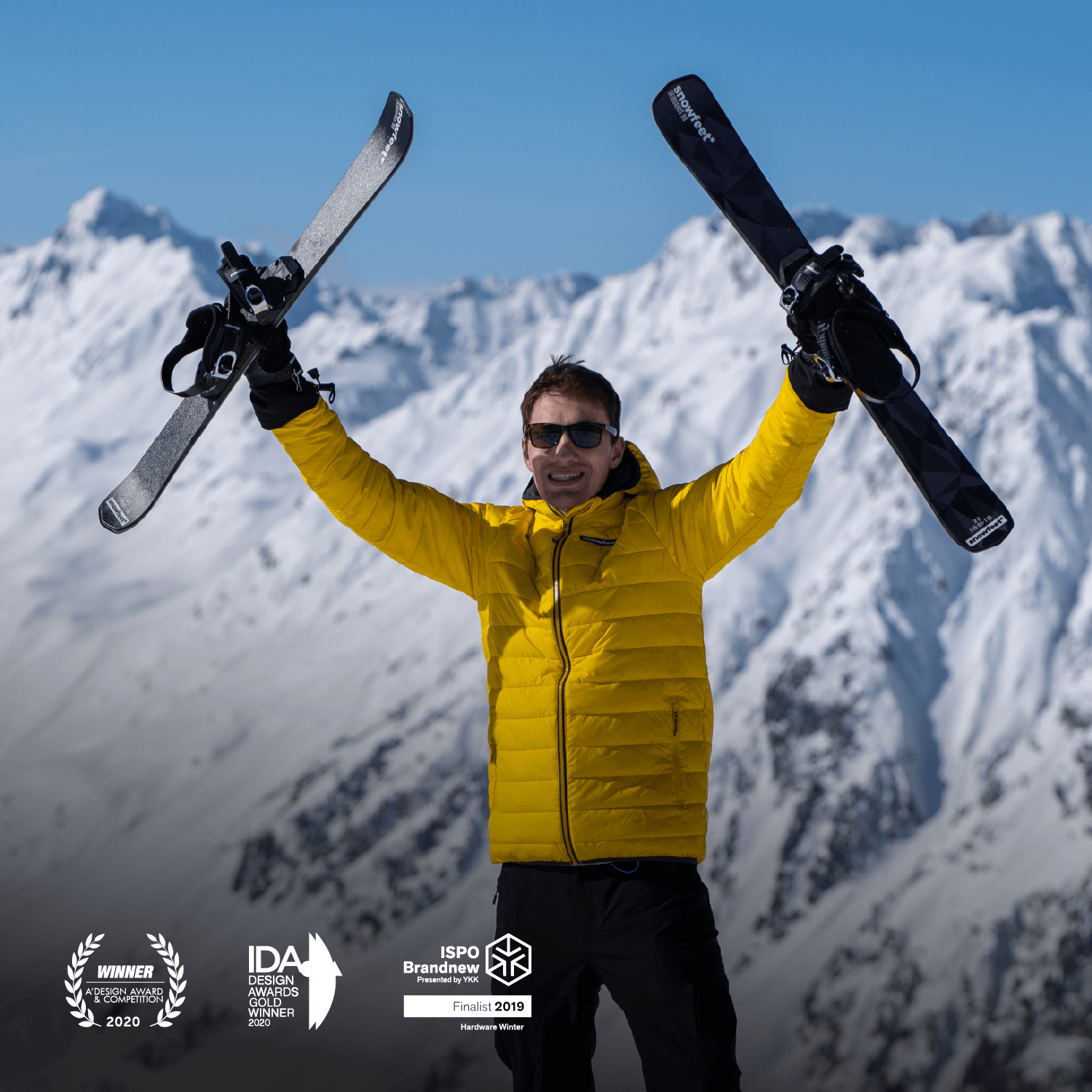
Leave a comment
This site is protected by hCaptcha and the hCaptcha Privacy Policy and Terms of Service apply.